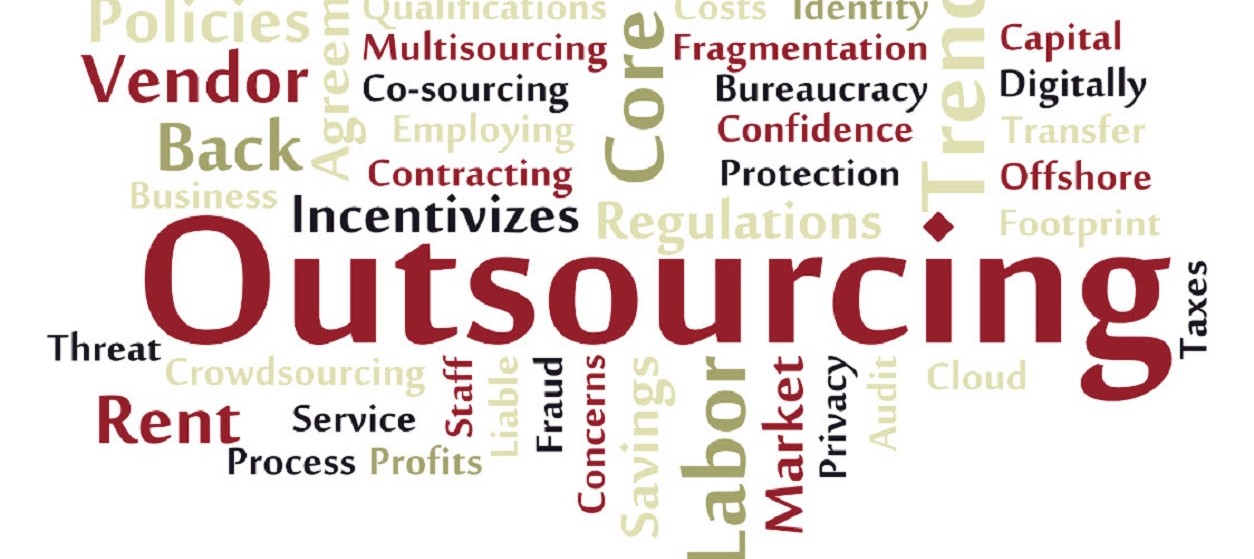Outsourcing, i.e. the practice of obtaining goods or services by contract from an external supplier, is something a large proportion of companies are embracing nowadays. It has become somewhat of a common practice, rather than a new phenomenon as it was several years ago. Because of this, the outsourcing market has developed significantly over the past few years, with buyers deriving significantly more value for their money.
Traditionally, the chief tactic behind outsourcing would have been to negotiate the lowest possible rates, yet nowadays outcome-based pricing and other sophisticated techniques are being utilised. It is all about value.In this post we will further assess some of the trends that are currently shaping the outsourcing market, so keep on reading to find out all you need to know…
First and foremost, let’s touch upon a point that was mentioned in the introduction, and this is the outcome-based pricing of outsourcing nowadays. This has occurred thanks to emerging technologies, such as cloud computing and is a great alternative to merely equating more full-time equivalents with more work.
Moreover, another evident trend is that the outsourcing market is becoming increasingly vertical. Vertical integration is a move towards enhanced efficiency and greater accountability. Vertical expertise from suppliers across operations, applications and infrastructures will also make certain that there is alignment between business strategies and enabling services.
In addition to this, when it comes to the likes of service provider selection, purchasing decisions and other important activities, the ‘middle-man’ is playing a bigger and more active role. Service marketplaces are really showing their worth and will continue to do so throughout the year. They are bringing greater value to the buyer than ever before. Experts can assist buyers to ensure they get maximum value from their project by overseeing it from beginning to end. This starts with helping through the selection process to ensuring the buyer is getting optimum quality on the project when it is delivered.
Aside from the points that have already been mentioned, another evident shift is that towards managed services. This seems to be in the interests of both service providers and buyers. There are lots of advantages that can be gained with the right application of this model. This includes better control of IT costs, increased efficiency and competitiveness, and the quick implementation of new technology.
Service providers also seem to have more responsibility in their hands. Buyers are encouraging them to find improvement opportunities and savings at their business, and as a result they are given greater leeway to delve into the client’s internal environment in order to do so.
To conclude, it is quite clear to see that there are lots of new trends emerging when it comes to the outsourcing market, and most of these trends are centred on value. Several years ago it was all about getting the lowest priced services, yet this is certainly no longer the case, which is perfectly illustrated by the greater importance of service marketplaces and the vertical integration of expertise from suppliers.










